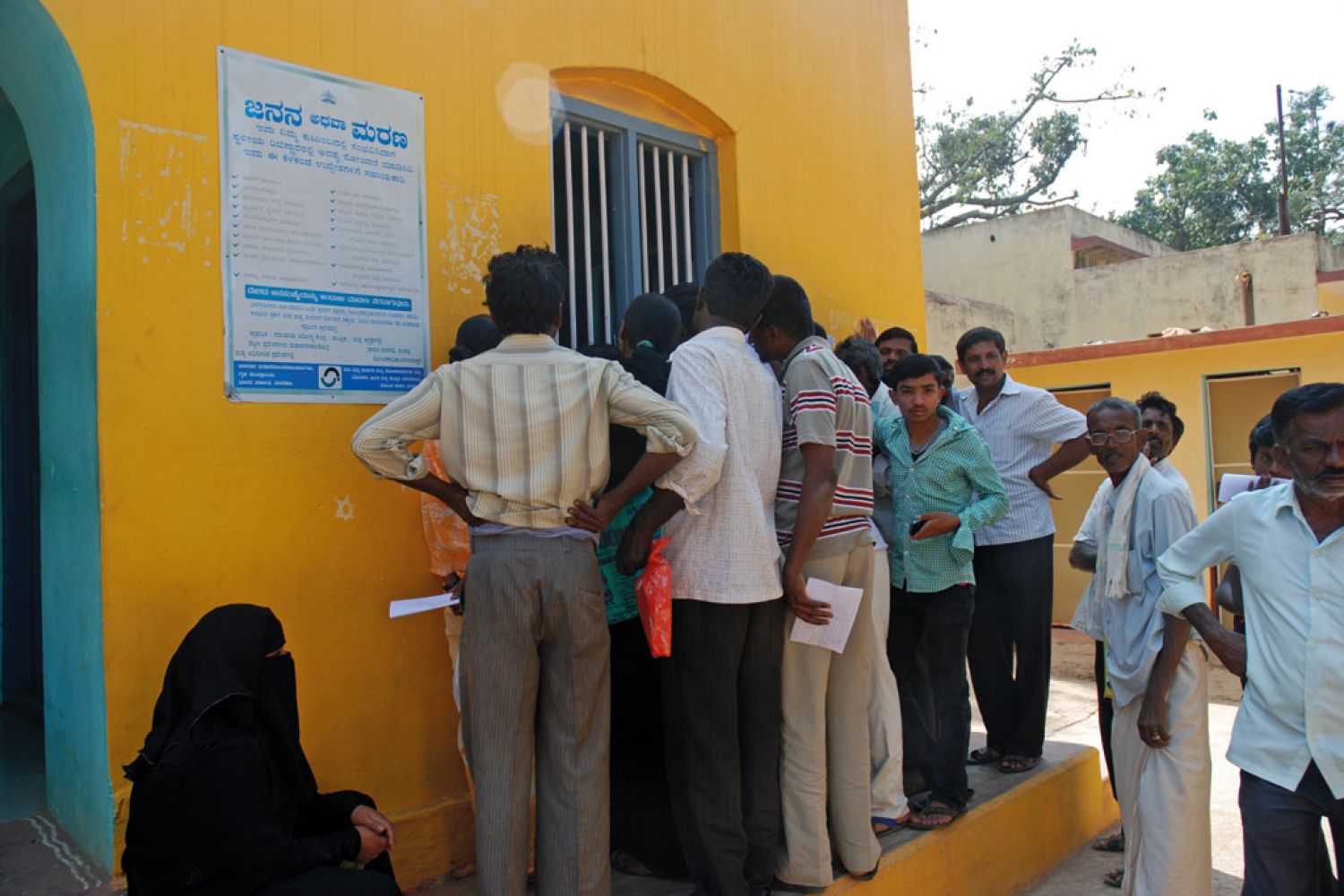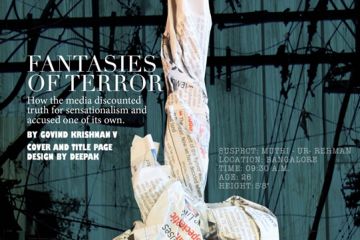
Chaman Lal’s 1997 English novel The Boy and the Mountain chronicles
life and power relations in a mountain village from the viewpoint of a boy. In
an early scene, the protagonist, who is walking along on a road, encounters the
patwari, a village official, and enters into a confrontation with him.
‘Pick them up for me, boy, will you?’
A wave of anger ran over the boy and his hands began to
shake. He watched the patwari, who was for him the limits of coarseness.
He eventually





